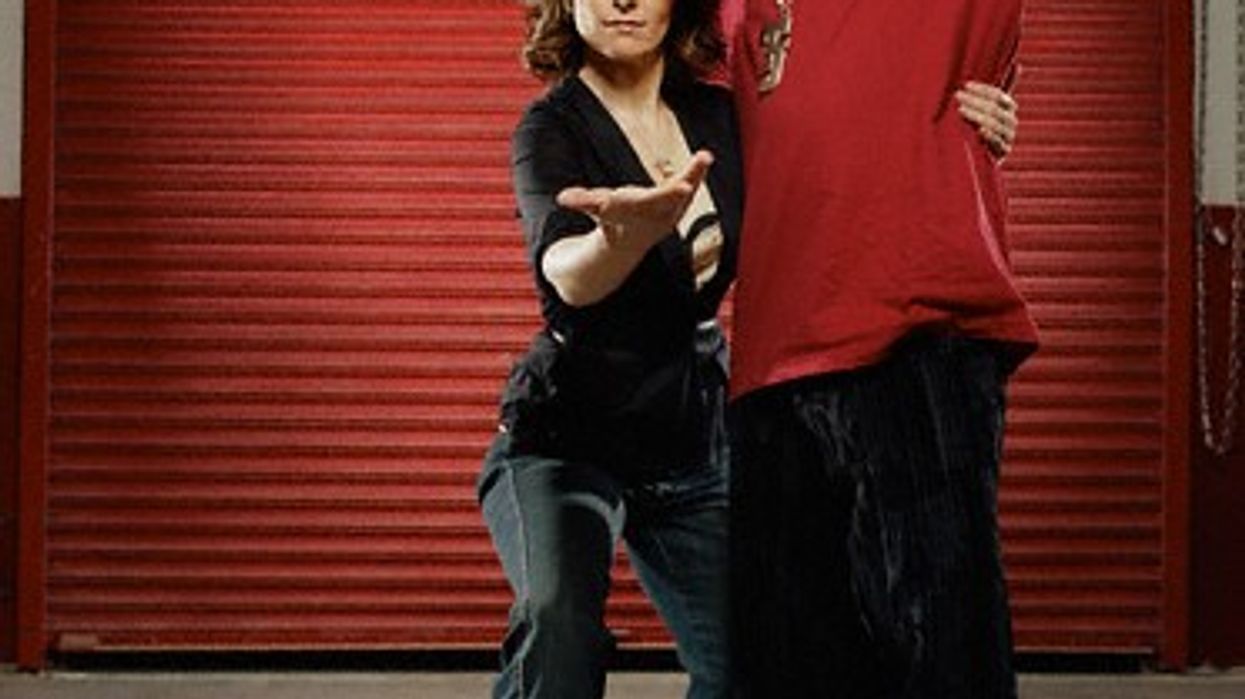On the second day of fourth grade, my teacher—Sister Paula—called me up to the front of the class. She had a piece of notebook paper in her hand, which I quickly realized was the homework I'd just turned in—three paragraphs on a topic I can't recall (but I'm sure was quite important at the time.)
"Elizabeth Dwyer," she intoned severely, "do you know how to write?" The question confused me because, well, I'd obviously completed the assignment. My mom had even reviewed it to make sure I'd done an excellent job.
"Yes," I answered. "No, you do not," she replied. "This is printing and I do not accept printing in my class." With a flick of her wrist, she tossed my paper into the trashcan next to her desk. "Write your assignments or the rest of them will end up there, too."
By writing, of course, she meant cursive writing. I can't help but wonder what Sister Paula—who went on to rank in my personal Top Five Meanest Teachers Ever list—would do with the Kansas State Board of Education. They're considering whether to completely axe cursive from the state's elementary education curricula.
The "we don't need cursive" argument pops up every few months in education circles. And some consider it a death knell that cursive isn't included in the soon-to-be-rolled-out-across-46-states Common Core standards. Those in favor of eliminating it say that cursive is like hieroglypics: an outdated form of communication. Instead of making sure students know how to properly form an uppercase "Q", what we really need is for them to learn keyboarding so they can function in a tech-dominated 21st century world.
Not so fast with throwing handwriting in the dustbin, though. It turns out that cursive-type writing helps make CAPTCHAS—that series of letters you have to decipher to prove you're not an automated bot trying to buy online concert tickets—tougher for machines to read. If kids don't learn how to read cursive, they're going to have a tough time reading a CAPTCHA.
As TechCrunch aptly points out, researchers at Indiana University have found that children who learn and practice handwriting show brain activity that's similar to adults. "Typing does not do the same thing," says IU professor Karin Harman James. And, for all those conspiracy theorists out there, says TechCrunch, keep in mind that the Constitution is written in cursive. If Americans stop being able to read it, what will happen to the nation?
Will CAPTCHAS, brain research, or conspiracies matter to the Kansas Board of Education? At least one board member, Walt Chappell, is thinking about something more practical: all those situations where the power goes out and you can't power up your laptop or phone to text or type. "We’ve got to be able to communicate with each other in written form. … Technology is great, but it doesn't always work," says Chappell. "There are all kinds of situations where you have to know how to write longhand."
I have a feeling Sister Paula would agree.
Old fashioned template for learning to write via Shutterstock









